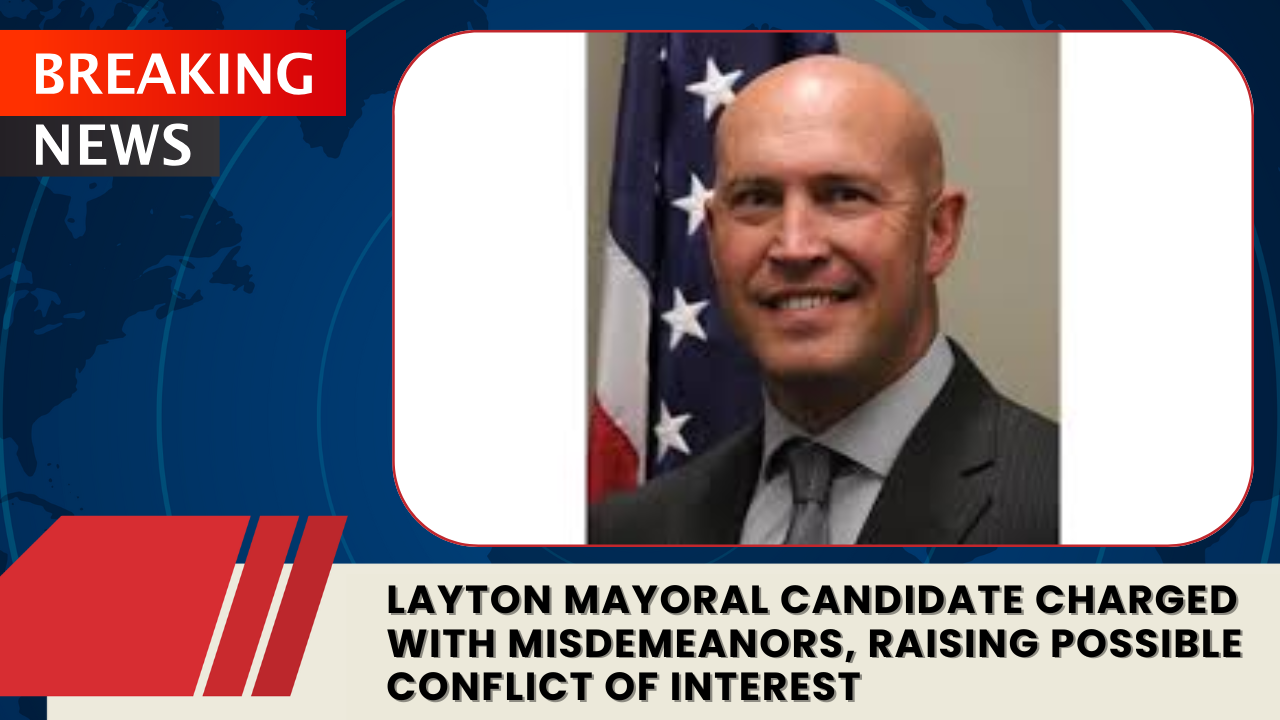Utah has a long history of battles over redistricting, but the most recent controversy goes far beyond disagreements about political boundaries.
Instead of a clash over four congressional districts, last week’s events raised a far more serious issue — a breach in the separation of powers that forms the backbone of Utah’s democratic system.
A decision by Judge Dianna Gibson did more than just reject a legislative map. It crossed into territory that many argue the judiciary has no authority to enter.
Judicial Authority vs. Constitutional Limits
What Actually Happened
Judge Gibson did not simply invalidate a statute or remove a disputed map — actions unquestionably within a court’s traditional powers. The real constitutional concern arose when the court selected, approved, and ordered the use of a congressional map built by the plaintiffs.
This step, though it may seem technical, represents a significant shift from judicial review into judicial lawmaking, a function Utah courts have never exercised before.
As a Utah state senator and long-time scholar of constitutional systems, the author emphasizes that the balance of powers is essential for protecting democratic governance.
Understanding Utah’s Constitutional Requirements
Clear Language of the Constitution
The Utah Constitution makes the legislative responsibility unmistakable:
“The Legislature shall divide the state into congressional, legislative, and other districts…”
Two words are crucial: shall and the Legislature.
This makes the responsibility both mandatory and exclusive. Courts may rule on whether maps comply with the law, and they may strike them down. But nowhere does the Constitution authorize a judge to adopt or impose an alternative map.
Does Article I, Section 2 Give Broader Power?
Supporters of the court’s decision suggest that Article I, Section 2 — which acknowledges the people’s right to “alter or reform” government — allows far more judicial intervention.
The Utah Supreme Court’s 2023 League of Women Voters ruling held that this right is enforceable in court. However, that opinion did not grant courts the authority to perform legislative duties, such as drawing Utah’s congressional districts.
What Proposition 4 Actually Permits
Purpose and Boundaries of Prop 4
Proposition 4 was designed to strengthen transparency and fairness in redistricting. It:
- Establishes standards for map creation
- Requires transparency
- Allows courts to block maps that violate those standards
But Prop 4 does not give courts the power to create or impose maps.
Under Proposition 4, the roles remain:
- Legislature: redraws maps
- Courts: review and enforce fairness
Yet Judge Gibson approved “Plaintiffs’ Map 1” — a map that never underwent Prop 4’s public hearings, transparency requirements, or independent review. This move bypassed the core protections Prop 4 was meant to uphold.
Why Federal Cases Don’t Apply
Judge Gibson referenced several federal cases from the 1970s where courts drew maps after finding constitutional violations.
But Utah’s situation is very different.
No one in this case claimed:
- The Equal Protection Clause was violated
- The Voting Rights Act was breached
The dispute is over statutory standards, not constitutional injuries. Without a constitutional violation, the extraordinary remedy of judicially imposed maps has no legal basis.
Why Process Matters More Than the Outcome
Some may support the decision simply because they prefer the plaintiffs’ map. But the structure of government exists to prevent power from shifting based on desired outcomes.
If judges can choose maps today, they could set education or tax policy tomorrow. Utahns of every political view should be cautious about cheering a shift that blurs constitutional boundaries.
Our democratic system works only when each branch stays within its defined limits.
What the Court Should Have Done: The Proper Remedy
If the court believed the Legislature violated Proposition 4, the solution was simple:
- Strike down the unlawful map
- Send it back to the Legislature to fix
That is how judicial review works — courts rule on legality, and lawmakers make the corrections. Instead, the judge exercised both powers.
Why the Stakes Extend Beyond One Case
This is not about political preference. It is about constitutional authority.
If a single judge can replace the Legislature’s map with her preferred version, Utah risks handing a fundamental responsibility of self-government to the judiciary.
No matter which map Utahns prefer, the essential question is:
Who has the right to draw the lines that shape representation?
According to the Utah Constitution, that responsibility lies with the Legislature.
Utah’s success as a constitutional republic relies on maintaining the separation of powers, particularly in areas as critical as redistricting. Maps may change, political preferences may shift, but the structure of government must remain intact. Allowing courts to perform legislative duties threatens that balance.
To preserve democratic stability, Utah’s Supreme Court should stay the ruling, conduct a swift review, and reaffirm that only the Legislature has the authority to draw congressional districts. Utahns should insist that every branch respect the limits that safeguard self-government.



